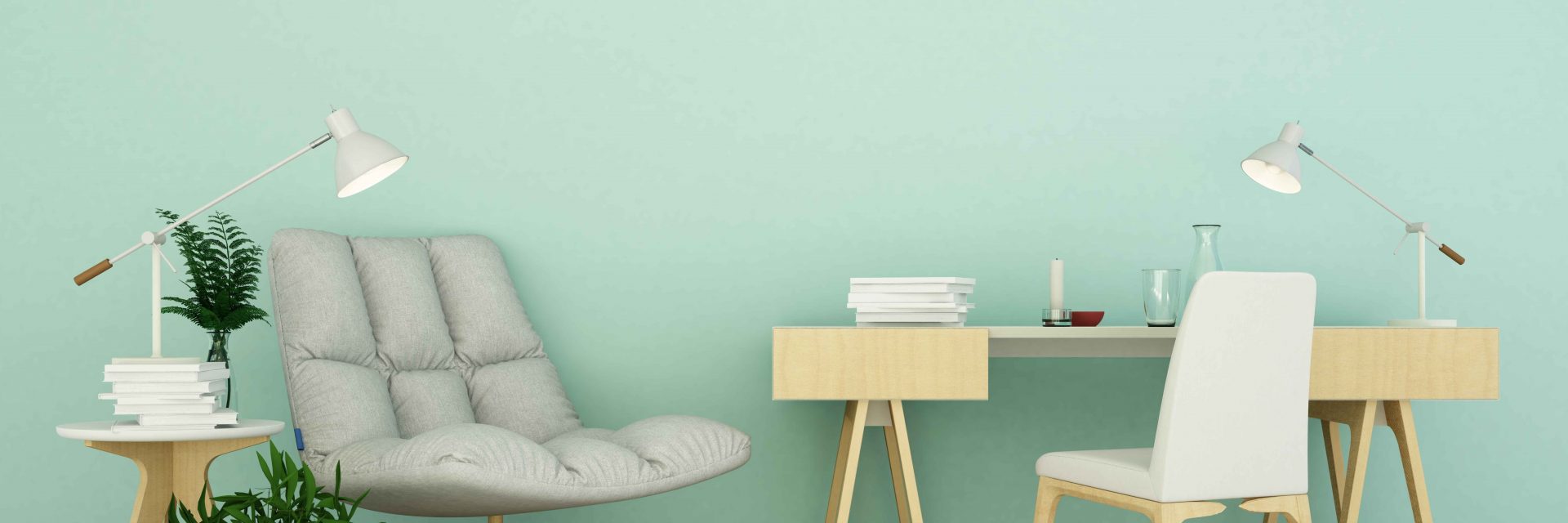Outfit Your Walls For Paint Making Use Of Crucial Pointers And Strategies That Promise An Excellent Coating-- Uncover The Primary Steps To Improve Your Task
Outfit Your Walls For Paint Making Use Of Crucial Pointers And Strategies That Promise An Excellent Coating-- Uncover The Primary Steps To Improve Your Task
Blog Article
Written By-Bergmann Pacheco
When you're prepping your wall surfaces for paint, it's crucial to comply with a systematic procedure to ensure a perfect surface. Begin by checking out the wall for any type of damage; this action can make or damage your job. As soon as you've determined any type of concerns, cleaning the surface area appropriately is necessary, as a filthy wall can influence paint adhesion. After that, you'll require to spot any blemishes and use a primer. However there specify strategies and tips that can boost your prep work game-- let's explore those further to attain the best results.
Assessing Wall Problem
Prior to you grab your paintbrush, take a moment to analyze your walls' condition. Check for any kind of visible damage like cracks, openings, or peeling paint. These imperfections can affect just how the paint sticks and looks as soon as it's dry. If you observe any kind of significant damage, you'll need to prioritize repair services before diving into painting.
Look click for more info at the appearance of your wall surfaces. Is the surface area smooth, or exists appearance that might require special consideration? Smooth wall surfaces generally require much less preparation, while textured surfaces might need more time to repaint uniformly.
Likewise, consider the previous paint work. If the old paint is shiny, it mightn't permit new paint to stick effectively. You'll need to know if your wall surfaces have been repainted with oil-based or water-based paint, as this can influence your selection of primer or paint.
Ultimately, bear in mind of any type of wetness problems. If you see indications of water damages or mold and mildew, address these issues right away to prevent more complications.
Cleaning up the Surface area
When you've assessed the condition of your walls, the following step is cleansing the surface. Start by collecting your products: a pail, warm water, a light detergent, a sponge or cloth, and a scrub brush for harder spots.
Begin on top corner of the wall surface and function your method down. Mix the cleaning agent with warm water in your bucket, after that dip the sponge or towel right into the service. Wring it out to avoid excessive moisture on the wall surfaces.
As you clean up, pay close attention to locations that may've accumulated dirt, oil, or finger prints. For persistent stains, use the scrub brush gently to avoid harming the paint under. Wash your sponge or cloth frequently in clean water to stop spreading out dirt around.
After cleaning, it's vital to clean the walls with a wet towel to remove any soap residue. https://interior-house-painters-n98765.ourcodeblog.com/33436632/unwind-the-challenges-of-selecting-a-painting-professional-with-expert-suggestions-that-will-change-just-how-you-approach-your-project ensures a smooth surface for the new paint to adhere to.
Allow the wall surfaces to dry completely prior to proceeding to the following prep work steps. https://hectorvhurx.is-blog.com/39746520/welcome-the-influence-of-design-and-color-with-the-essential-dos-and-do-n-ts-of-accent-wall-surfaces-unveiling-the-techniques-to-develop-a-memorable-declaration-in-your-environments cleansing process will help develop a fresh canvas for your painting task, making sure the best results.
Patching and Priming
Patching and priming are essential steps in preparing your walls for a fresh layer of paint. First, check your walls for any kind of openings, fractures, or flaws. Utilize a premium spackling compound or patching paste to fill up these areas.
Use the compound with a putty knife, smoothing it out so it's flush with the bordering surface area. Allow it to dry entirely, and then sand it lightly up until it's smooth and also.
As soon as you've patched whatever, it's time to prime. Guide aids seal the covered locations, ensuring the paint adheres appropriately and provides a consistent finish. Select a guide ideal for your wall surface type and the paint you'll be making use of.
Apply the guide using a roller for bigger areas and a brush for edges and edges. If your covered areas are substantially big or porous, you might wish to apply a 2nd layer of guide after the first one dries out.
After priming, allowed whatever completely dry thoroughly prior to carrying on to paint. This prep work will not only improve the appearance of your wall surfaces but additionally prolong the life of your paint task.
Take your time, and you'll be pleased with the results.
Verdict
By complying with these basic steps, you can accomplish a smooth and professional finish on your wall surfaces. Begin by examining simply click the following internet page , then tidy and spot any kind of imperfections prior to applying primer. Remember to enable adequate drying out time and make sure everything is smooth prior to you dive into paint. With the right preparation, you'll establish the stage for a lovely transformation in your space. Currently, collect your materials, take in the fresh air, and prepare yourself to paint!
